Nodejs Ecommerce with Source Code
A completely working project based on an e-commerce website that employs the NodeJS programming language and MySQL database. The following Ecommerce in NodeJS and MySQL project has all of the necessary functionalities for second-year IT students to employ in their college projects.
It comes with a lot of tools that allow users to manage and purchase online. This system, as well as the web application, has a clear idea that is similar to real-life circumstances and well-implemented.
Please scroll down to the bottom of this page for the Download button to get a free NodeJS eCommerce website project with source code files.
| About Project | Project Details |
|---|---|
| Project Name : | Nodejs Ecommerce |
| Project Platform : | NodeJS Framework |
| Programming Language Used: | NodeJS Language |
| Developer Name : | itsourcecode.com |
| IDE Tool (Recommended): | Sublime, VS Code |
| Project Type : | Web Application |
| Database: | MySQL |
About eCommerce Website NodeJS MySQL Project
Moving on, this E-Commerce Site Project in NodeJS focuses mainly on the eCommerce side of things such as online shopping and others. Also, the system displays all the lists of products with their respective prices.
In addition, the system allows managing product brands too. This project is divided into two categories: Admin and Customer. In an overview of this web application, the customer has to register in order to perform various actions.
A customer can look for products, add products to the cart, add products to a Wishlist. Each product contains its own description, features, and number of photos.
Talking about the checkout procedure, the customer can enter coupon codes for discounts.
As soon as he/she passes through checkout procedures, the customer has to manage the order from the account section.
Customer’s Panel NodeJS Ecommerce Framework
Under the account area of the system, the system lists all of the orders. Each order has its unique set of specifics.
The product name, quantity, size, amount, and current status are among the information provided. Unless he/she completes their own payment, the order’s status is set to unpaid by default. In order to complete the orders, the buyer must validate the payment.
The user must supply the invoice number, banking transaction code, amount, and other information in order to do so.
The system recognizes the order as paid status as soon as the user completes this stage. Under the Wishlist feature, the user may also view and manage all of their wish lists.
In addition, the user may access their bank accounts, alter their profiles, change their passwords, and delete their personal account.
Admin Panel NodeJS Ecommerce Tutorial
On the other hand, an admin has full control over the system. An admin has the right to manage the proper flow of the system.
He/she can manage the number of categories by entering their names, photos, and selecting certain features.
After the management of categories, now the admin has to manage manufacturers.
While referring to a number of categories, it means product category and a shopping category. As mentioned earlier, the process for this section is the same as well.
The admin has to enter the manufacturer name, photo, and choose an option whether to show it as a top manufacturer or not. And now, after setting up all these fields, the administrator can add product details too.
Payments Panel NodeJS Ecommerce Website
Without the proper details of Orders, Customers, and Payments, an E-Commerce website project in NodeJS MySQL is complete.
Similarly, the admin can keep track of all of the orders placed by the customers in the area.
It contains all order information, including the product name, image, quantity, size, price, date, and order status. Customers’ primary responsibility is to track the status of their orders.
To put it another way, the payment must be made before it can be marked as completed on the admin side.
The administrator has the ability to delete order records at any time. Similarly, the admin can see a customer’s records, including their information and payments, as well as the exact amount and payment method, throughout the website.
The admin can also see the total earnings as well as the number of pending and completed orders.
Finally, for a better user experience while using this NodeJS MySQL Online Shopping Website Project, a clean and simple dashboard is presented with simple color combinations.
A free open-source CSS framework for its UI elements; Bootstrap is also on board with Vanilla CSS.
Presenting a new NodeJS MySQL E-Commerce Website Project that includes an admin panel with a client-side that includes all of the necessary features for follow-up, as well as a knowledgeable resource for learning purposes.
Why Back up your eCommerce App with Node.js
Node.js is an open-source framework utilized to manufacture quick, versatile server-side web applications.
Node.js is best suited for developing data-intensive real-time apps that can run on numerous devices.
Opinions on the eCommerce platform differ, “Magento is overpriced. Shopify is limited, though platforms like Node.js is available for a bunch of reasons:
a) First off, Lightweight With Node.js cross-platform development is easy and affordable, since all your developers need to know is Node.js
b) Secondly, Node.js offers incredibly high performance and smooth functioning compared to others. Higher Performance is an essential aspect of an eCommerce application.
c) Thirdly, you will get 100% feedback from the developers’ community because Node.js has become a premium choice for enterprise-level organizations.
There are not so many ready-made ecommerce solutions built on Node.js, that’s why dashboards templates with a range of components inside are most welcome for web developers.
The reason for this is the presence on the market of open source PHP solutions like Open Cart or Prestashop, Magento, Drupal, or Joomla, which lets you manage your eCommerce store online from a single back-end.
Available Features Ecommerce in NodeJS and MySQL
Admin Side
- Manage Products
- Manage Orders
- Categories Manage
- Manage Discount
- Manage Delivery Fee
- Users Manage
- Generates Report
Customer Side
- Home
- Shop
- Products
- Contacts
- Cart
- Searching for Products
- Billing Details
- Submit Orders
- Customer Profile
- Update Accounts
- List of Orders
Screenshots Features Ecommerce Website in NodeJS
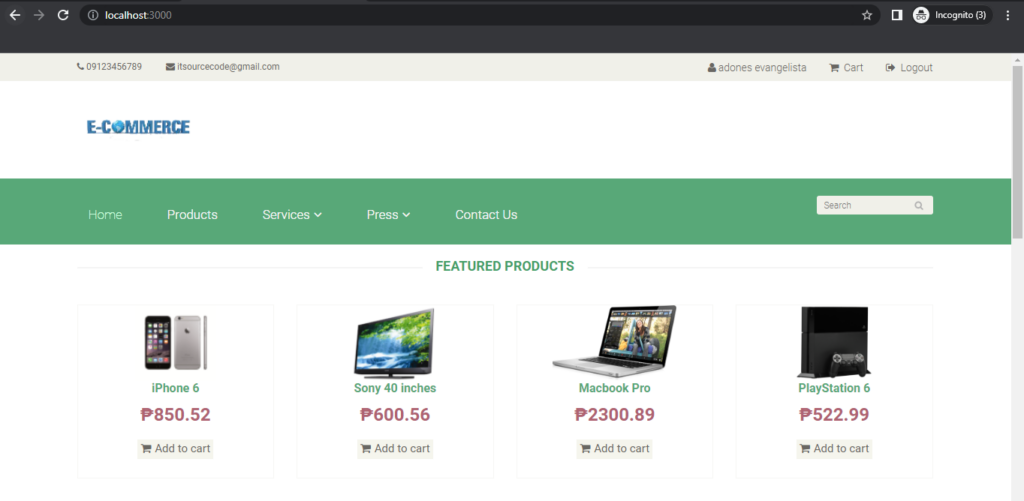
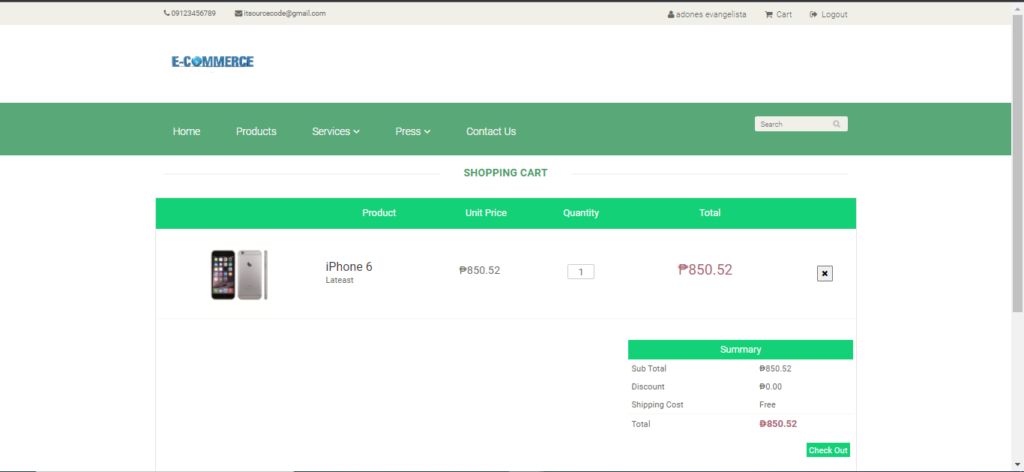
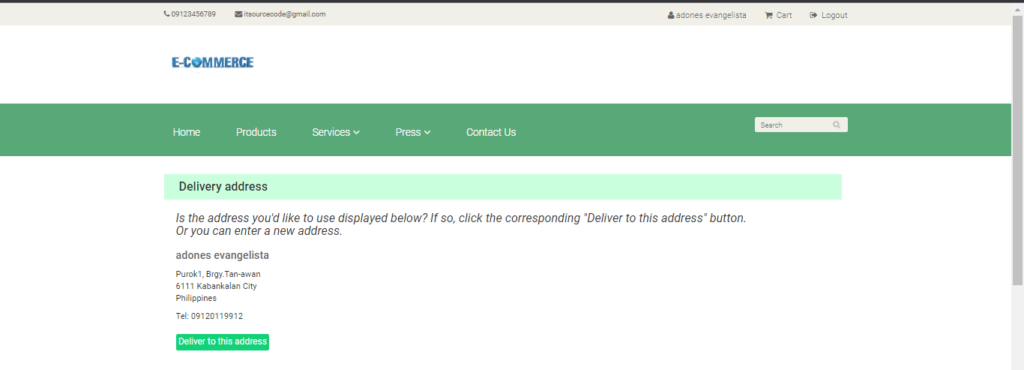
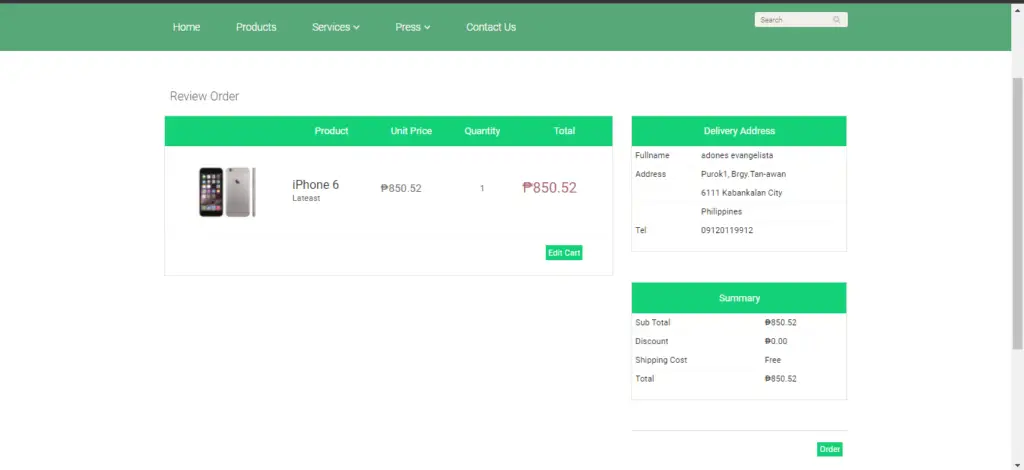
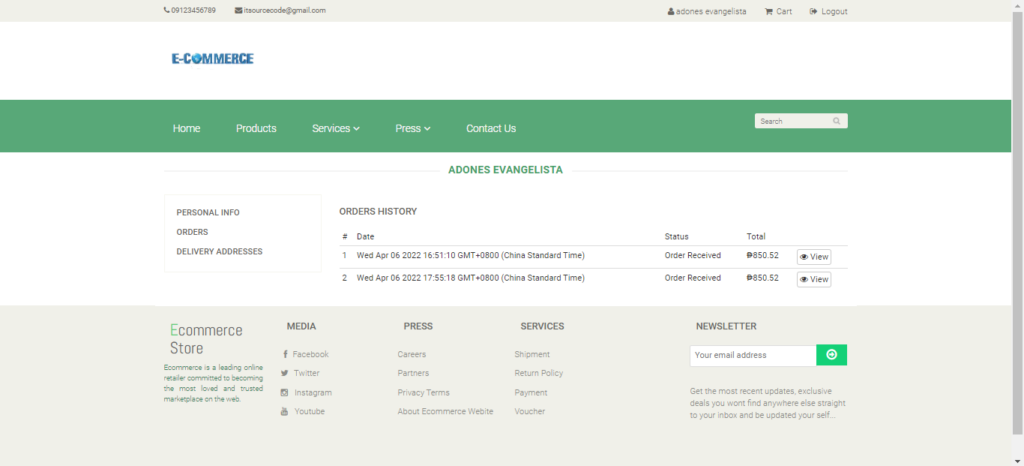

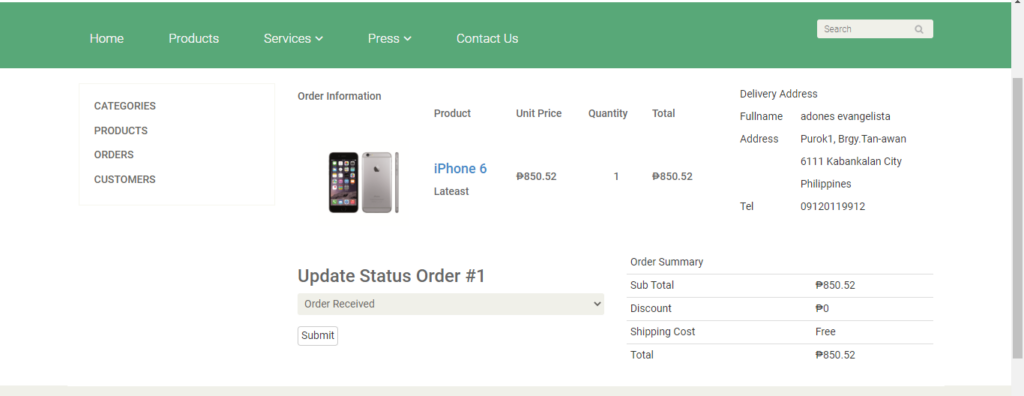
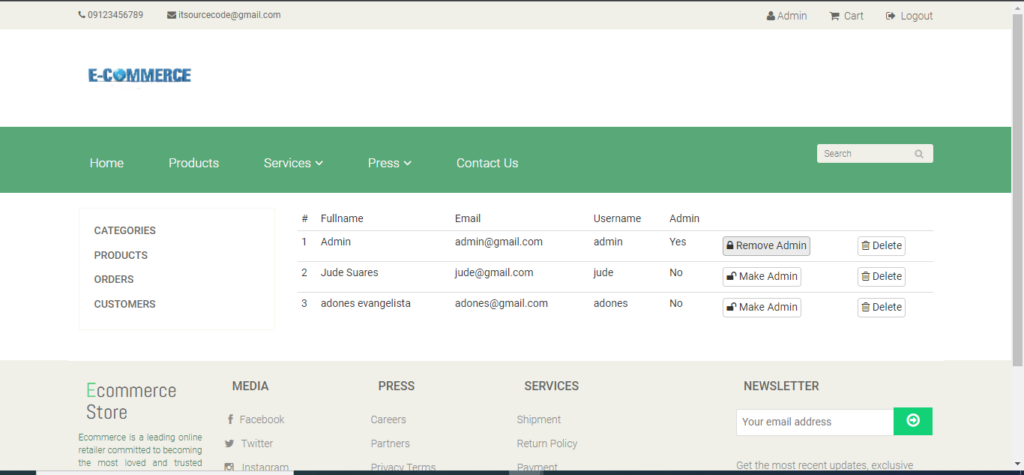
How to run Nodejs Ecommerce?
Time needed: 5 minutes
Here’s the step’s on how to run a Nodejs Ecommerce and MySQL with Source Code?
- Step 1: Install NodeJS
First, You need to download the NodeJS and install.

- Step 2: Open Command Prompt(CMD)
Next, go to the project folder directory then type CMD to open the command prompt.

- Step 3: npm install or npm i
Then, After you open the CMD, type “npm install” in your command prompt to install the npm dependencies and libraries.

- Step 4: nodemon ./bin/www.js
Lastly, type “nodemon ./bin/www.js” in your command prompt to run the project.

- Step 5: localhost:3000
Finally, type “localhost:3000” in your browser, type the following code to access your project dashboard.

Download Source Code below
Summary
This web application focuses mainly on the eCommerce side of things such as online shopping and others.
A customer can look for products, add products to the cart, add them to a Wishlist, and more.
The system also displays all the lists of products with their respective prices.
As soon as he/she passes through checkout procedures, the customer has to manage the order from the account section.
Each order has its unique set of specifics such as product name, quantity, size, amount, and current status.
Don’t forget to like, follow, and share this article on social media if you liked it. We are grateful for your help. Have fun coding!
Related Articles
- [Complete] Laravel Ecommerce Project with Source Code
- E Commerce Website Project in ASP.net With Source Code
- Online Shopping Project in ASP.net With Source Code
Inquiries
If you have any questions or suggestions about Nodejs Ecommerce with Source Code, please feel free to leave a comment below.

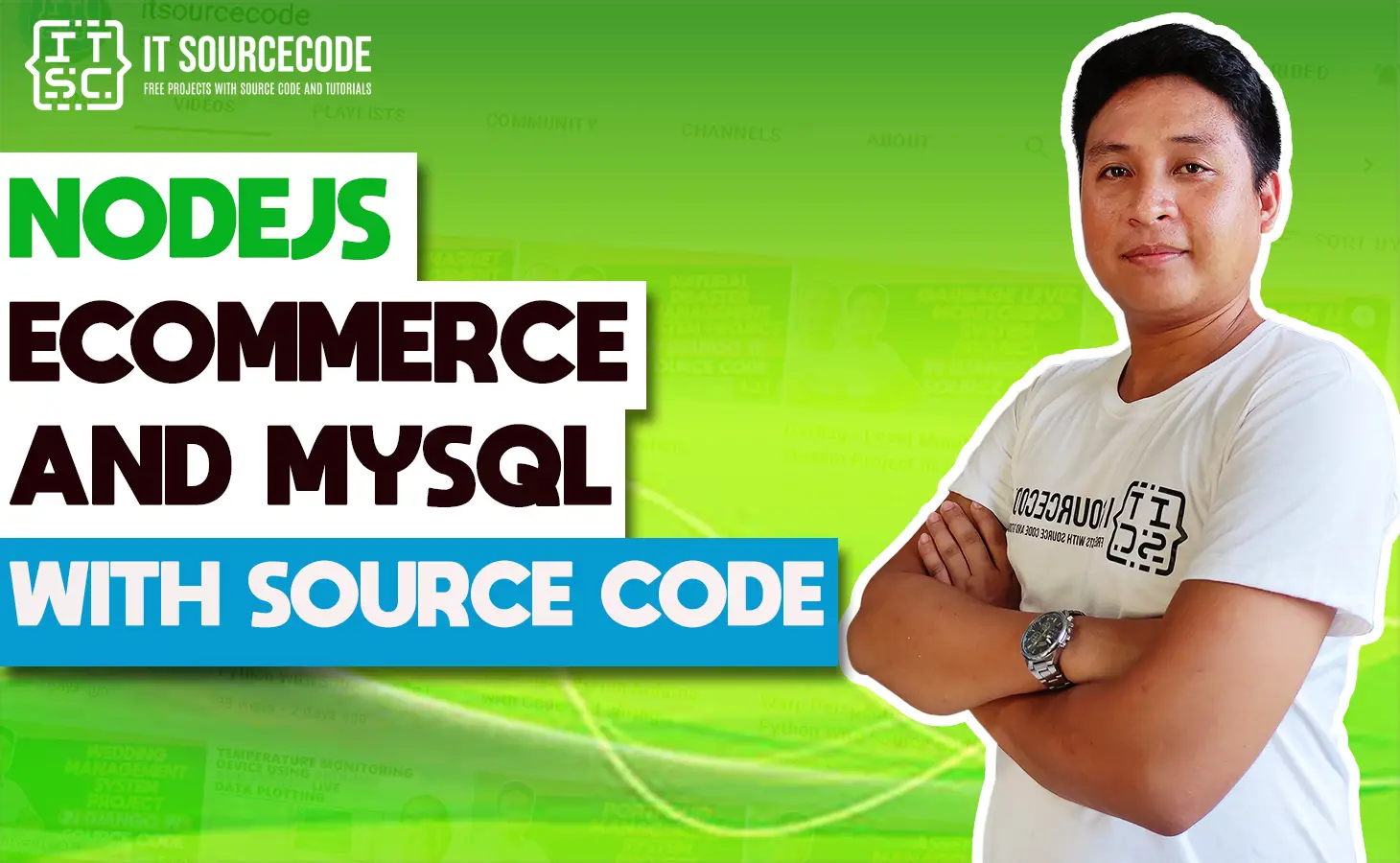
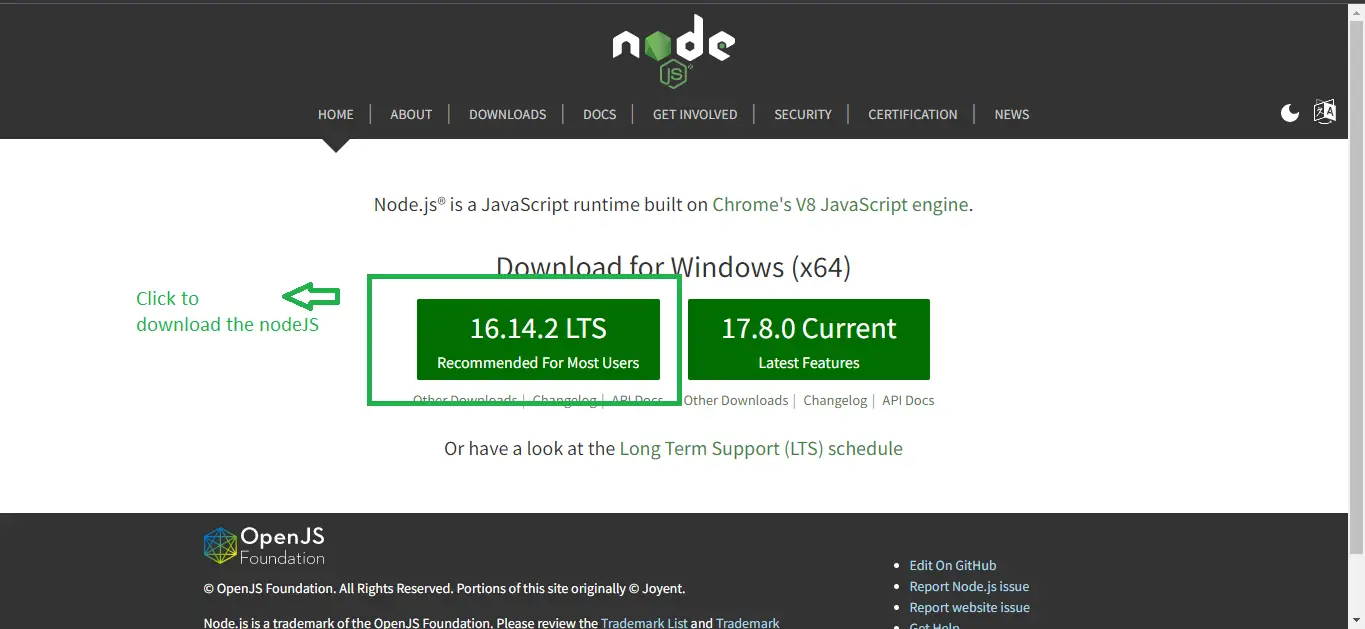
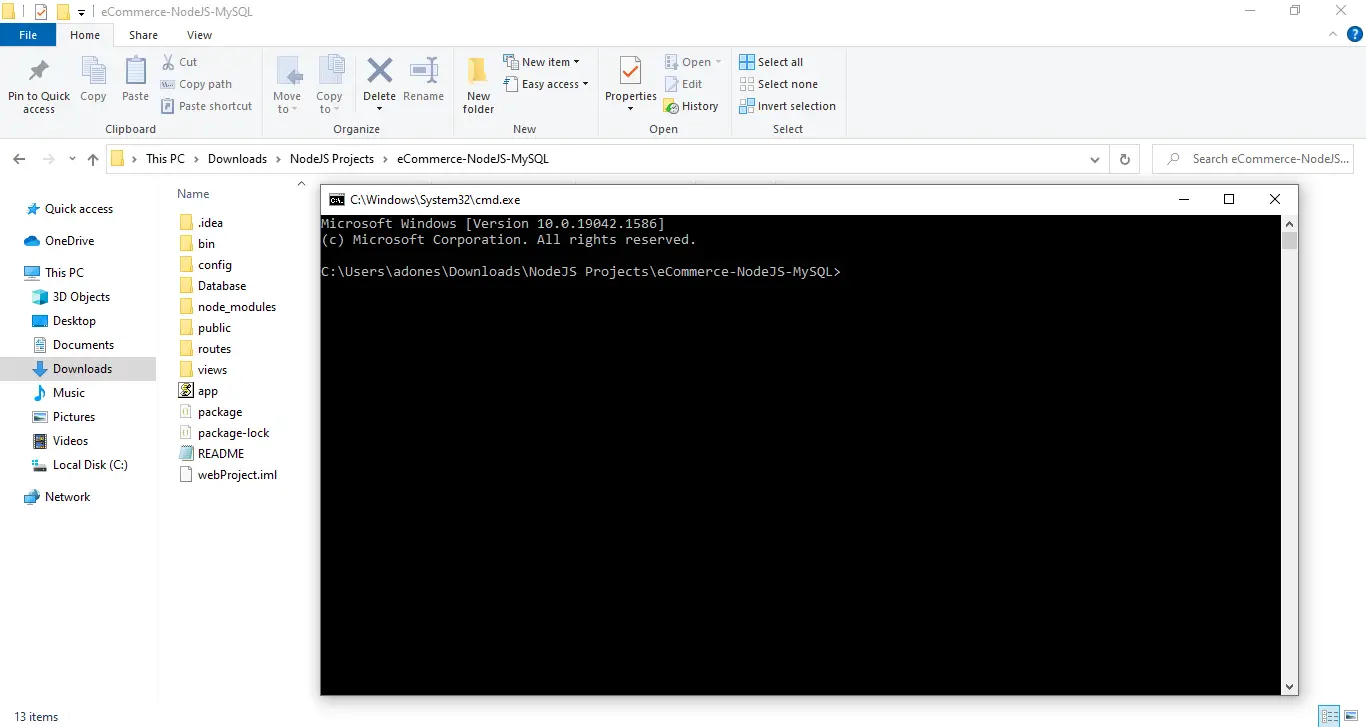



The zip file is locked. please, what is the password?
The zip file is locked. please, what is the password?
The password is “itsourcecode.com”
The zip file is locked. please, what is the password?
Zip file password:itsourcecode.com or itsourcecode
Hi,
After extracting the zip files all the files is 0kb.
the password is it is fake that is why it is locked!
nodemon ./bin/www.js is not recognized how to fixed problem sir
why is not recognized?
When i am going to localhost:3000/admin …it’s redirect to homepage . please say how can i will see admin page ..
You may watch the video on you tube on how the Ecommerce in Node JS work?
https://youtu.be/8ks1ywuwtN8
is there generate report available in this code
is there is report generation in this source code